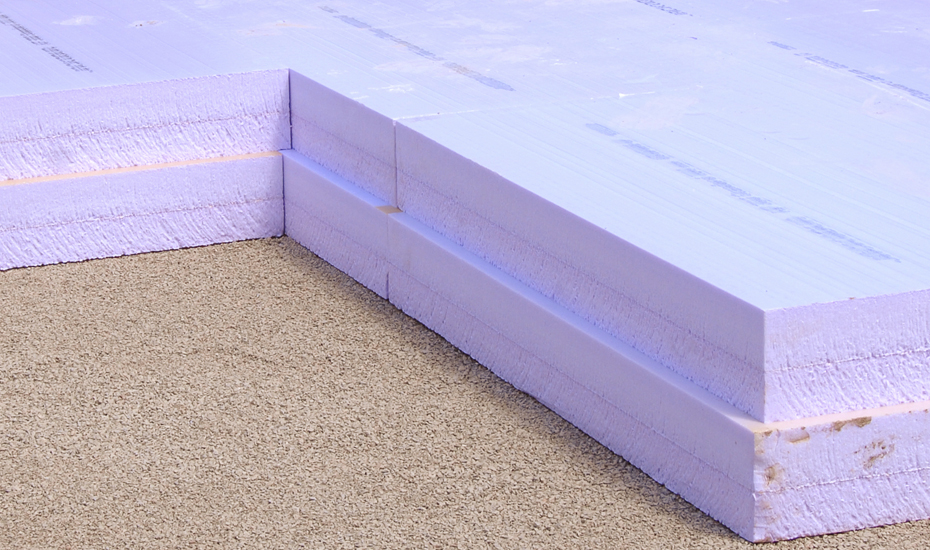Properly insulating your home is very important. So, the Perimeter Insulation helps keep the heat in during the winter and slows the flow of heat into your home during the summer. A properly insulated house will be warmer in the winter and cooler in summer, creating a more comfortable environment for you and your family all year round and help cut back your energy bill. When you research what type of insulation you should install in your home, you’ll find that there are three things to consider: material, type, and location/application.
There are four popular types that with the characteristics we will discuss below
1- Blanket insulation
It is the most common type of insulation and comes in batts or rolls. The batts and rolls are available in varying widths and thicknesses. The most common material used in laminated insulation is fiberglass.
2- Spray Foam Insulation
It is also a common application of liquid foam insulation materials. Spraying liquid foam insulation is the most common way, but it can also be injected, poured, or foamed in place. The most common material in spray foam insulation is polyurethane. Spray foam insulation installation typically costs more than blanket insulation. However, the higher R-value (a measure of insulation’s ability to reduce the rate of heat flow) associated with sprayed in the foam can cut weatherizing costs and save you money over the life of the insulation.
3- Rigid Foam Insulation
It can be used to insulate virtually every area of your home. On a cost per R-value basis, rigid foam is more expensive and more difficult to install than blanket insulation. The main advantage of rigid foam insulation is the relatively high R-value for limited thickness. Rigid foam provides continuous coverage and provides an air and moisture seal that blanket insulation doesn’t provide. Installing rigid foam is easier than spray foam. Rigid foam can easily be cut to size with a knife. The biggest drawback of rigid foam is its inflexibility.
4- Loose-Fill Insulation
It is made up of small particles of fibre, foam or other materials. Like spray foam, loose-fill insulation conforms to the installation area. The most common materials used are cellulose, fibreglass or mineral wool. The biggest advantage of Perimeter Insulation is that it can be installed in irregularly shaped areas and cavities. It is one of the few types of insulation that can be installed with limited disturbance to existing finishes. The biggest drawback is its tendency to settle over time causing a decrease in R-value.

